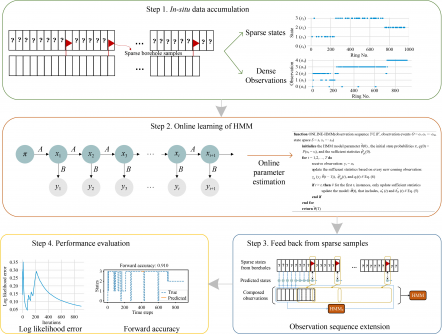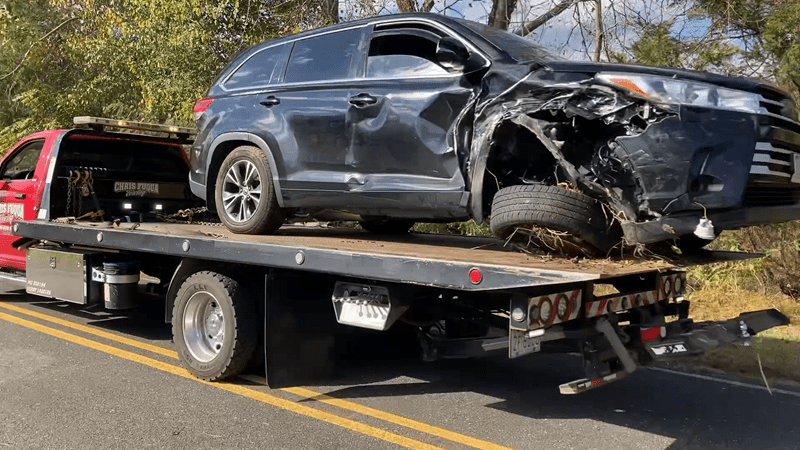URGENT UPDATE: A groundbreaking study reveals a new method for predicting geological risks in tunnel excavation, achieving a remarkable 96.8% accuracy in forward predictions. Conducted by researchers from the Huazhong University of Science and Technology and Nanyang Technological University, this study addresses critical safety concerns in tunnel construction, which often faces threats such as collapses and water inrush.
As tunnel projects become increasingly complex, traditional geological data collection methods are proving inadequate. Conventional techniques like borehole logging provide depth but lack timely updates, while non-invasive methods struggle with measurement accuracy. This gap has resulted in costly delays and increased risks for workers.
The study introduces the Online Hidden Markov Model (OHMM), a cutting-edge approach that adapts to continuous data streams gathered during excavation. By utilizing pre-construction borehole samples, OHMM enhances its predictions even in the early stages of construction, significantly improving risk assessments.
A real-world application of this model was tested on a tunnel excavation project in Singapore, which covered 915 rings. The results were outstanding: when using just 300 observed rings of data, OHMM achieved a forward prediction accuracy of 0.968, and even with 600 rings, it maintained an accuracy of 0.902. This outperformed traditional models such as LSTM networks and support vector machines, proving its reliability for real-time applications.
The implications are significant. As excavation progresses, the ability to accurately forecast geological risks can prevent accidents and save lives. Researchers recommend a foresight distance of 30 rings for practical guidance, ensuring timely interventions in case of emerging risks.
The full study titled “Geological Risk Prediction Under Uncertainty in Tunnel Excavation Using Online Learning and Hidden Markov Model” is authored by Limao ZHANG, Ying WANG, Xianlei FU, Xieqing SONG, and Penghui LIN, and is accessible at: https://doi.org/10.1007/s42524-024-0082-1.
This innovative model marks a significant advancement in tunnel engineering, offering new hope for safer and more efficient construction practices. As this technology gains traction, it is poised to transform how geological risks are managed in tunnel projects worldwide. Stay tuned for further updates as this story develops.







